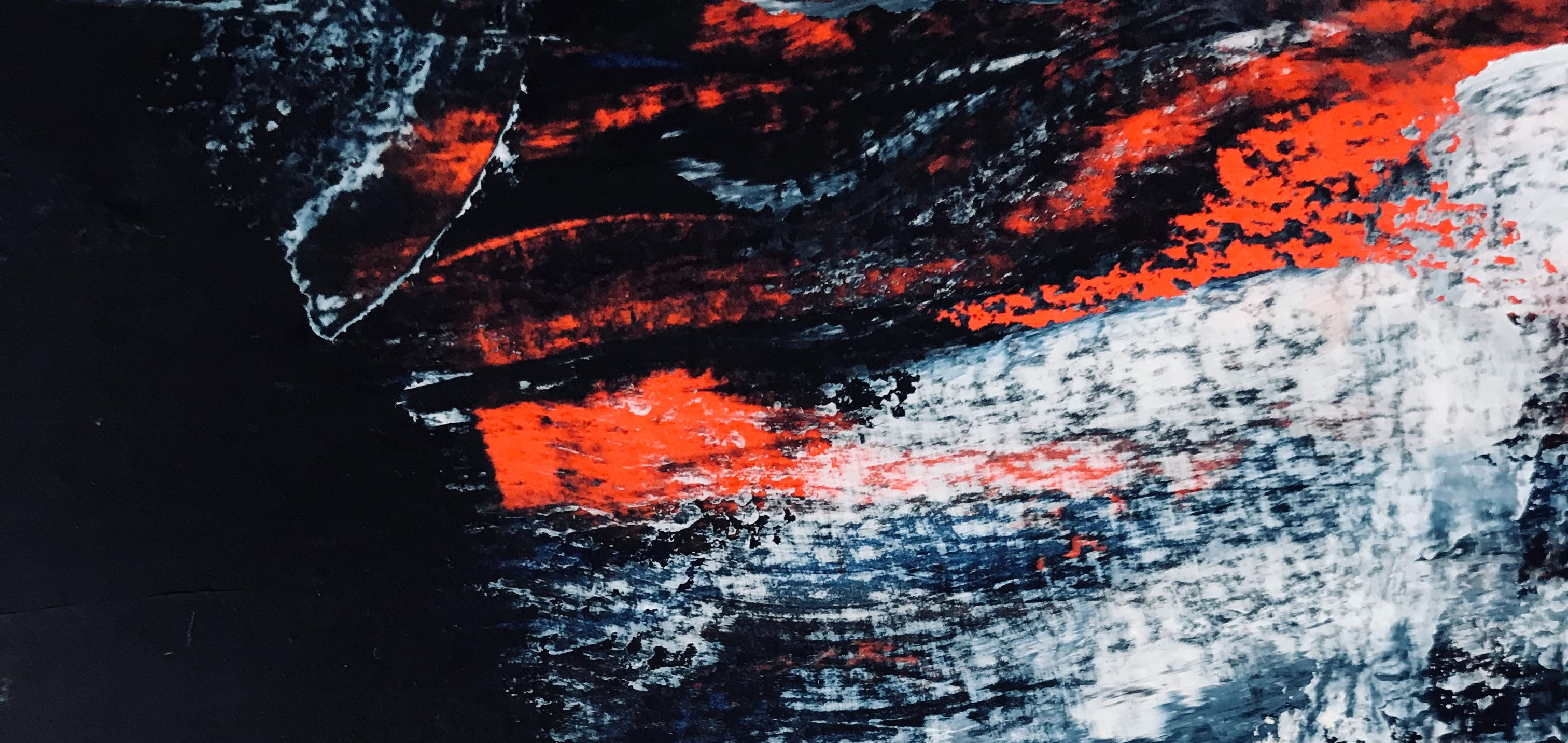European History for All
I attended the Encatc2017 Congress of the European network on cultural management and policy in Brussels last week. It was great to see friends who share the interests and also concerns about European culture and culture policy. It was also good to get to know again lots of new colleagues, ideas, plans, projects, research initiatives. These networks give always so much to think – mind is like a micro oven, the cooking is going on even when the power is switched off.
The last day of our conference was spent in the new museum House of European History. What a great effort has been made to present the history of our continent – six floors full of narratives, atmosphere from various decades, questioning without given clear answers. Everything presented in all 24 European languages.
For first time visitor European history seemed to be an extremely violent series of revolutions and wars – at least this was the expression my colleague from Puerto Rico got.
Indeed all these wars in our continent have been human catastrophes – there are lessons to learn and if we are not capable to learn there is no bright future for us. House of European History really wanted us to remember this.
But still, it was difficult to discover my own Europe, the continent of rich culture, continent of philosophy, literature and art. I somehow missed the brave smartass soldier Švejk, who travelled through the First World War in Jaroslav Hašek’s novel – after all, Švejk showed us the idiocy of the War.
The House of European History offers visitors an interactive experience through digital tablet interface. This is the way the 24 European languages are presented. I enjoyed my journey through the museum in beautiful and simple Finnish. Unfortunately I enjoyed the exhibition alone by myself. While learning to use the interface of the tablet and navigating in the media which led me experience the exhibition I didn’t have a chance to discuss with my colleagues. No conversation within two hours, no exchange of memories, opinions and knowledge sharing. None of these basic things which our learning is based of.
The biggest challenge for museum is to offer something for everyone. It is a design challenge. For me design is for people, design for all. In cultural sites it mean equal access to the source of experience, for every kind of people. In museums it means tactile interfaces, which give information also for visual impaired, audio descriptions of visual information and sign language for those with hearing disabilities. It means also cultural accessibility so that people from the European minorities like the Sami and Roma and others like people with different sexual orientations also find their own role models and presentations of European history.
First visit is always the critical one. The mission of The House of European History “is dedicated to the understanding of the shared past and diverse experiences of European people. It’s a place where you can discover different points of view and common ground in European history”. There are great team of experts from all European country to carry out the museum project. I have no doubt that the house already offers paths also for children, for teens, for adults and will advance in giving diverse interpretations of Europe’s past for all kinds of visitors.
Thank you for the House of European History – it showed me how important this continent of wisdom, philosophy, tolerance, equality and of great art is to me.
The House of European History
https://historia-europa.ep.eu/en
ENCATC the European network on cultural management and policy
